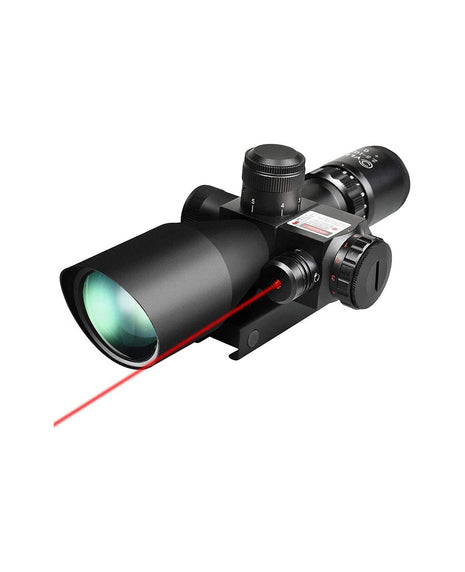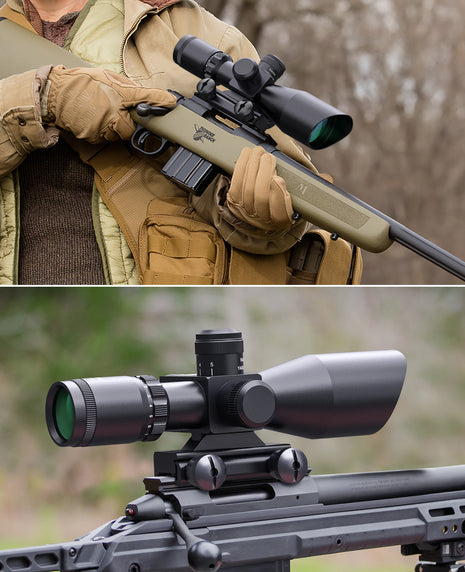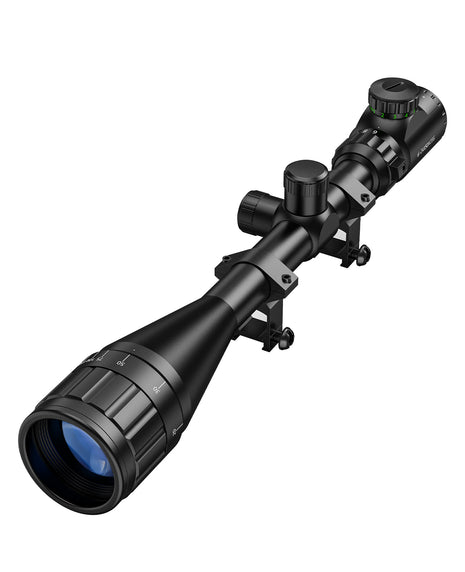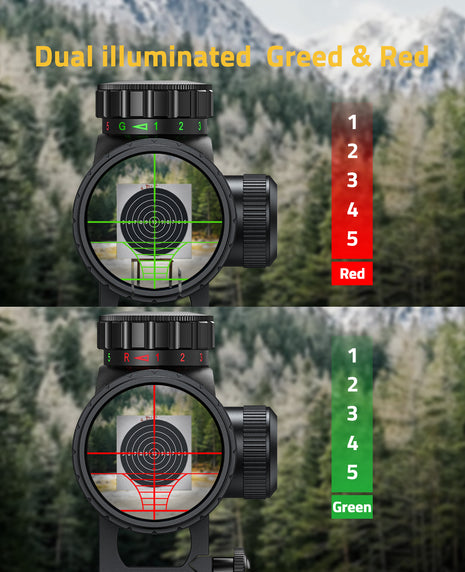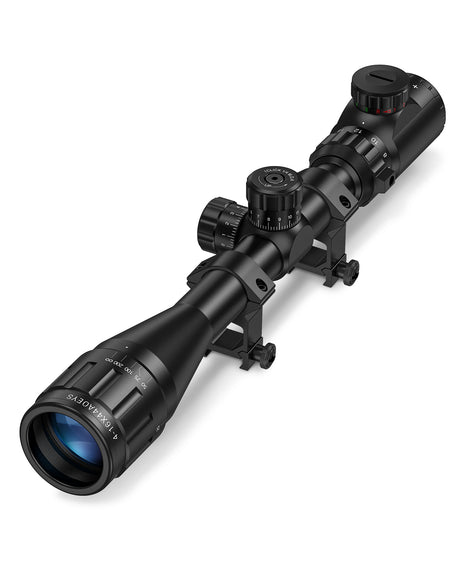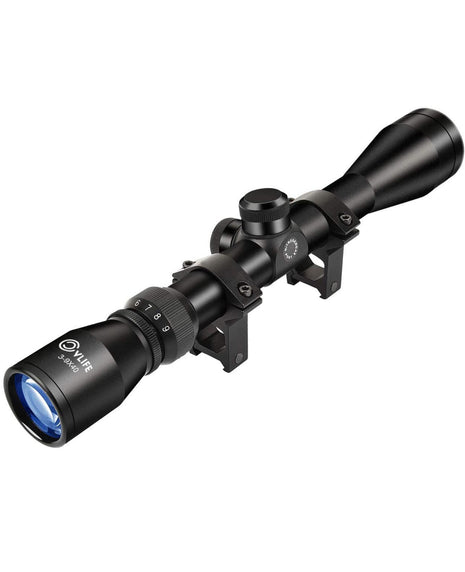Kick off the fall hunt with CVLIFE: Seasonal Behavior of Game Animals
- 5 min reading time

As summer's heat fades, autumn brings pleasant weather and significant changes in game animal behavior. This season is considered prime for hunting. Understanding the behavior patterns and needs of game animals during autumn can help hunters develop more effective hunting strategies, thereby increasing their chances of success. This article will explore the behavior patterns of game animals in autumn and offer practical hunting advice to help hunters make the most of this season's characteristics.
Changes in Game Animal Behavior in Autumn
Autumn is a crucial transition period in nature, with changes in temperature, food supply, and the onset of the breeding season all having a profound impact on game animal behavior. Here are several key characteristics of game animal behavior in autumn:
1. Changes in Food Needs
Autumn is a peak period for game feeding behavior. As temperatures drop and daylight hours shorten, many animals begin preparing for the approaching winter. The change in food sources plays a crucial role in this process. During autumn, game animals require more nutritious food to build fat reserves for winter. Key food sources include:
- Fruit Trees: Animals such as deer and other herbivores are attracted to fruits from trees like oak and chestnut. These fruits not only provide energy but also help animals maintain body temperature during cold winters.
- Nut Trees: Nuts from trees like hazel and walnut are also important food sources. Their high fat content is essential for energy storage.
- Grain Fields: In agricultural areas, unharvested grain fields offer abundant food sources, drawing many animals.
Hunters can choose hunting locations based on these food sources and set up bait or blinds to improve their chances of success.

2. Changes in Habitat
The drop in temperatures during autumn influences game habitat choices. Many animals migrate from warm, dry areas to cooler, more humid environments. This migration is typically characterized by:
- Migration from Hot Areas: For example, deer may move from dry highlands to more temperate lowlands or wetlands, which offer more food and stable water sources.
- Seeking Shelter: Increased wind in autumn may lead animals to seek shelter near forest edges or valleys, providing protection from the elements.
- Migration Routes: Understanding game migration routes helps hunters predict their activity areas and select appropriate hunting locations.
Hunters should adjust their hunting plans according to these habitat changes, choosing suitable areas and setting up blinds to increase their success rate.

3. Impact of the Breeding Season
Autumn is the breeding season for many animals, especially males. To attract females and establish territories, male animals become more active. They frequently call out, display territorial behavior, and even engage in fights with other males. This behavior offers an opportunity to use vocal lures; hunters can use calls mimicking the sounds of males to attract game animals.
4. Changes in Foraging Patterns
In autumn, game animals’ foraging times become more predictable. To store enough energy for the upcoming winter, their foraging behavior becomes more regular, typically being active during early morning and dusk. Understanding these foraging patterns can help hunters choose the best times to hunt, thus increasing their chances of success.
How to Utilize Autumn Changes to Increase Hunting Success
Once hunters understand the behavior patterns of game animals in autumn, they can adopt several strategies to improve their hunting effectiveness. Here are some practical suggestions:
1. Choose the Right Hunting Grounds: Selecting hunting grounds that match the food needs and habitat changes of game animals is crucial for successful hunting. In autumn, game animals concentrate in areas near fruit trees, nut trees, and fields for foraging. Therefore, hunters should choose these areas as primary hunting spots. Additionally, hunters should adjust their hunting locations based on changes in game animals' habitats to find their new locations.

2. Use Baits and Calls: The breeding behavior in autumn makes baits and calls an effective hunting strategy. Hunters can use calls that mimic the sounds of game animals to attract males. Selecting sounds that match the habits of the game animals can improve the effectiveness of the lure. This approach helps in effectively drawing the game animals to the desired hunting area.
3. Adjust Hunting Times: Game animals are typically active during early morning and dusk in autumn, which are peak foraging times. Hunters can adjust their hunting times according to these patterns to increase their chances of encountering game. Additionally, using appropriate lighting and monitoring devices can help provide clearer visibility in low-light conditions, thus enhancing hunting efficiency.
4. Set Up Concealed Stands: Game animals usually frequent fixed foraging areas in autumn, so setting up a concealed stand is an effective strategy. Choose locations that offer both a clear view and strong concealment to effectively observe game animals while minimizing disturbance. Ensuring the stand's concealment will help avoid startling the game, increasing the likelihood of success.
5. Monitor Weather Changes: Weather changes can influence game animal activity. For example, rain or cold weather may alter their activity patterns. Hunters can adjust their hunting plans based on weather forecasts, choosing suitable times and locations for hunting. Using weather monitoring devices can provide real-time updates on weather conditions, allowing for timely adjustments.
Autumn is a season full of opportunities for hunting. By understanding game animals' behavior patterns and adapting to seasonal changes, hunters can significantly increase their chances of success. Strategies such as selecting the right hunting grounds, using baits and calls, adjusting hunting times, setting up concealed stands, and monitoring weather changes can help hunters better tackle the challenges of the autumn season. Mastering these strategies and fully utilizing the characteristics of autumn will make your hunting experience more successful.
Hope these tips are helpful and wish you a bountiful harvest and a successful hunting experience this fall. If you need any CVLIFE products, feel free to visit our website for more details. If you have any questions or suggestions, please leave a comment below and share them with us!
Tags
You May Also Like
Blogs & News
-

, by C V Crossbow Scope Setting Methods for Different Distances
-

, by C V 2025 Spring Turkey Hunting Season Gear Guide
-

, by C V Which Rifle and Ammunition Combination Provides the Best Accuracy for Deer Hunting?
-

, by C V LPVO Scopes in 3-Gun Competitions: The All-Rounder in Competitive Shooting

